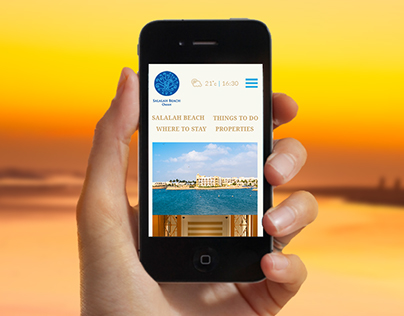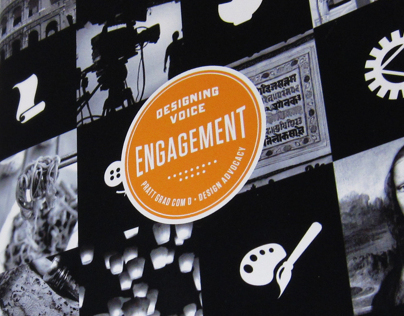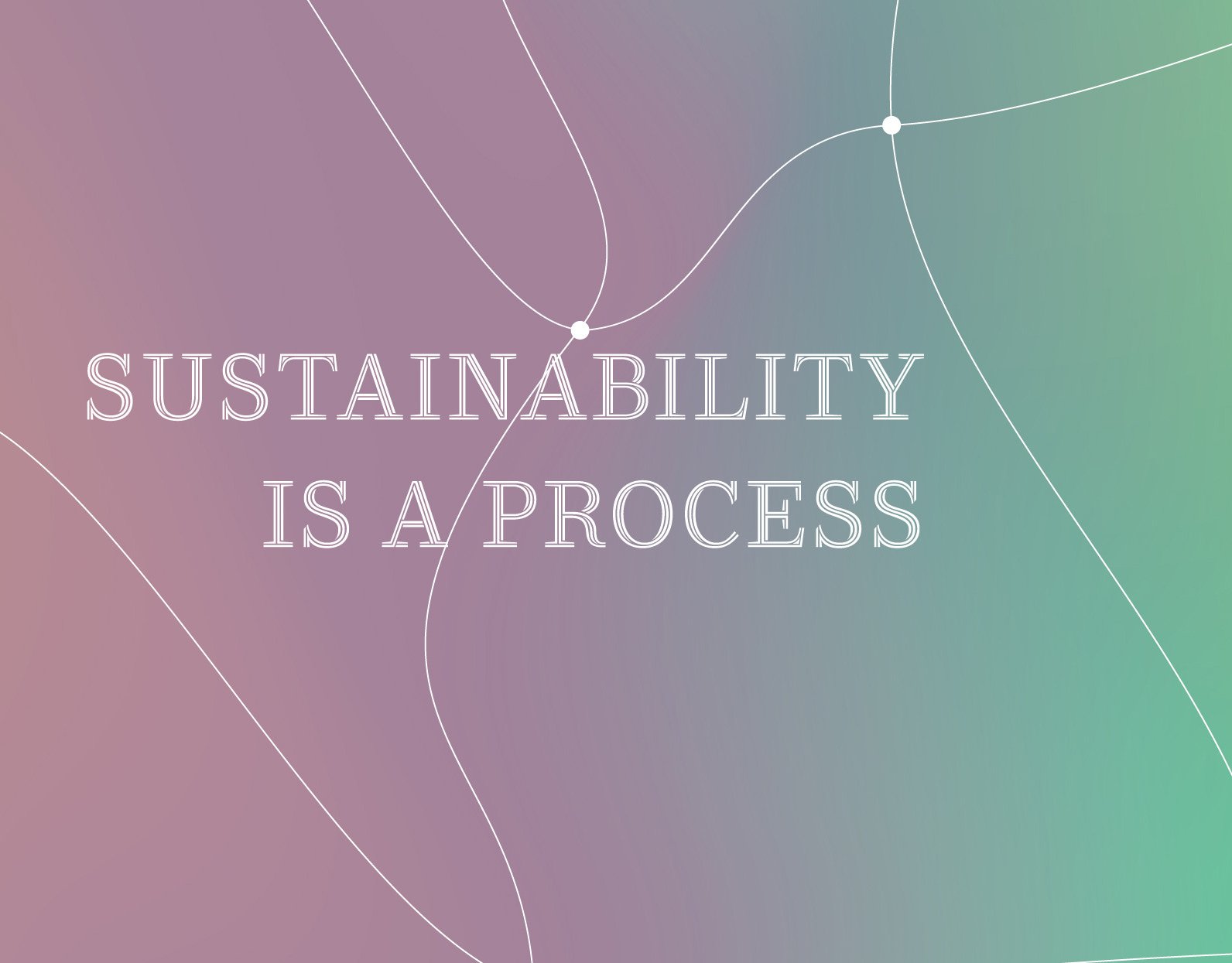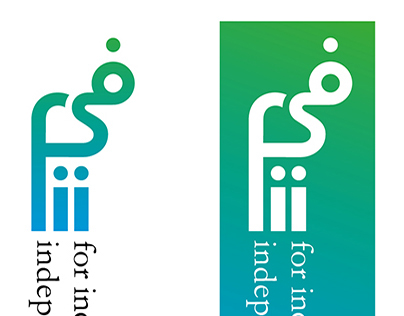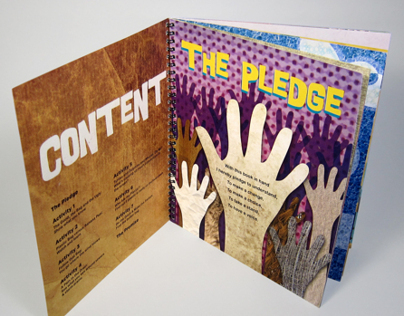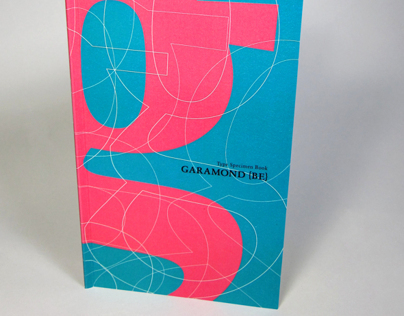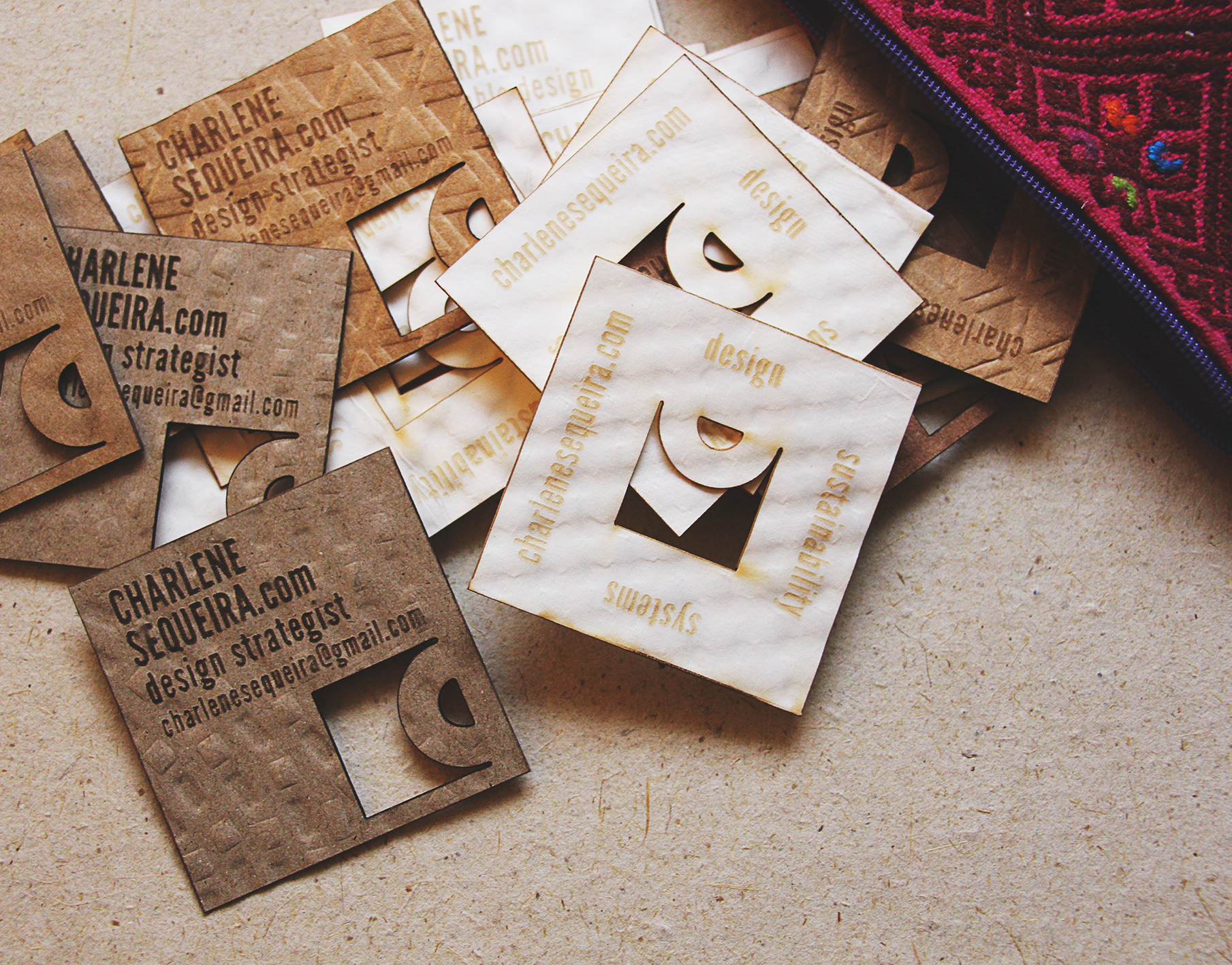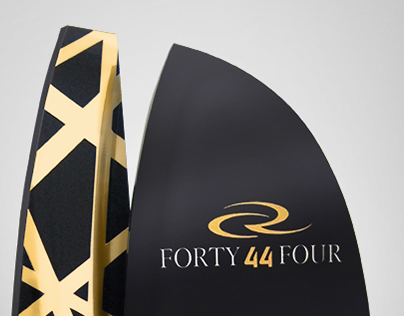At SVA’s Impact! Design for Social Change summer program (2016), I collaborated with a group of designers and educators on a real-life community challenge. During this two week track titled - Strategies for Community Engagement, we worked with the New York City Police Department and the Department of Design and Construction’s Town+Gown initiative. We were tasked with answering the question...
How might we create a dynamic information hub that contributes to a welcoming space for visitors to the NYPD’s 73rd Precinct in Brownsville?
Brownsville is a residential neighborhood located in eastern Brooklyn. Dominated by the largest concentration of public housing in the United States, the community is home to a predominately African American population. Social problems in this community range from poverty and drug addiction to high crime rates. In addition, tensions between the residents of Brownsville and the New York City Police Department (NYPD) have become a focus in recent years.
Town+Gown, at the Department of Design and Construction (DDC), is a systemic action research program that facilitates partnerships between academics and practitioners to make changes in built environment practices and policies, including those in New York City.
As an extension of a previous 73rd Precinct case study project by Town+Gown and students from the Architecture program at Pratt Institute, we were tasked to collaborate with the NYPD and local community partners and city agencies to create an implementable, collaborative platform of participation in the form of an electronic information hub. The goal was to...
Create a scaleable strategic system of information gathering and deployment that can be implemented in police precincts across the city along with simple guidelines or toolkit for implementation.
The Opportunity:
Members of the community are generally hard working and invested in Brownsville. There is also growing interest of developing Brownsville and many initiatives demonstrate changes, including the local Business Improvement District programs and park improvements. Grants have stimulated new opportunities for youth, such as programs at creative agencies like Made in Brownsville and the Cornerstore program at Seth Low housing. The local Precinct has also successfully launched the a Neighborhood Coordination Program.
Despite the broadening base of activity cultivating the strengths and potential of Brownsville, one of the most predominant challenges remains a tenuous relationship between the police and the community.
Within this context, we set out to explore how we might enable communication channels in Brownsville that build trust between the police and the community. Below is a representation of the system of communication channels in place at the time.
The Process:
Our team gathered information and insights about the challenge at hand though a walking tour of Brownsville. We paused to conduct interviews with key stakeholders like: NYPD officers of the 73rd Precinct + Social Workers + Not-for-profit Executive Directors and workers + Community Board 16 - District Manager + Residents + Young people
We also conducted a participatory design exercise. We created concept cards and narrative prompts, to allow us to test our ideas and gather deeper insights. We asked: Tell us about something good that is happening in Brownsville... Identify cards that have images of something that you would want to hear more about or that you think represent good stories from Brownsville.
We dug deeper and validated our early findings with additional research about the Brownsville community. We looked at: Content on community bulletin boards + Media reports + NYPD Social Media scans + NYPD Blogs + Data platforms - Data2go.nyc + Social service provider websites + Community Board 16 materials + Local flyers + Newspapers
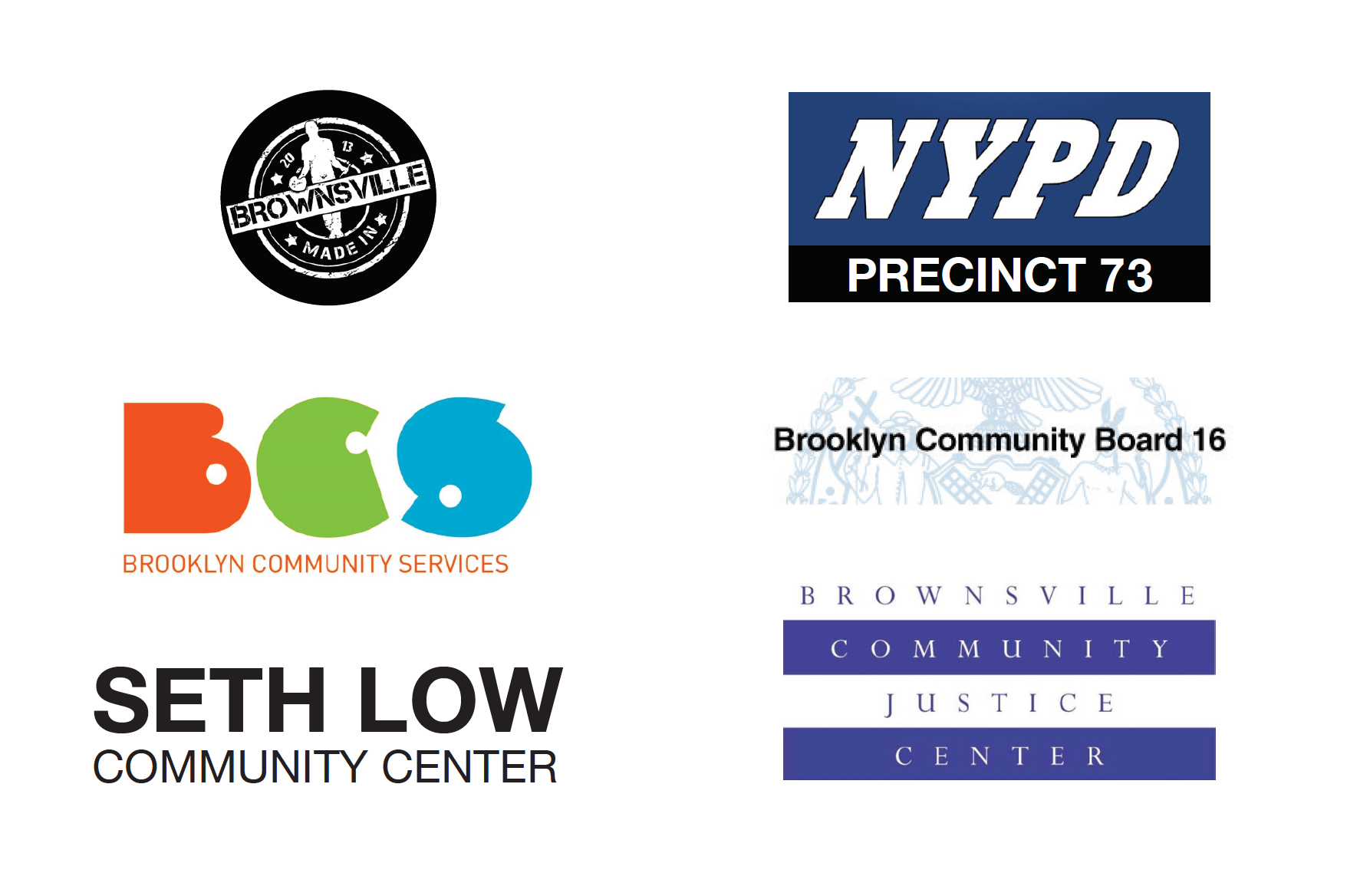
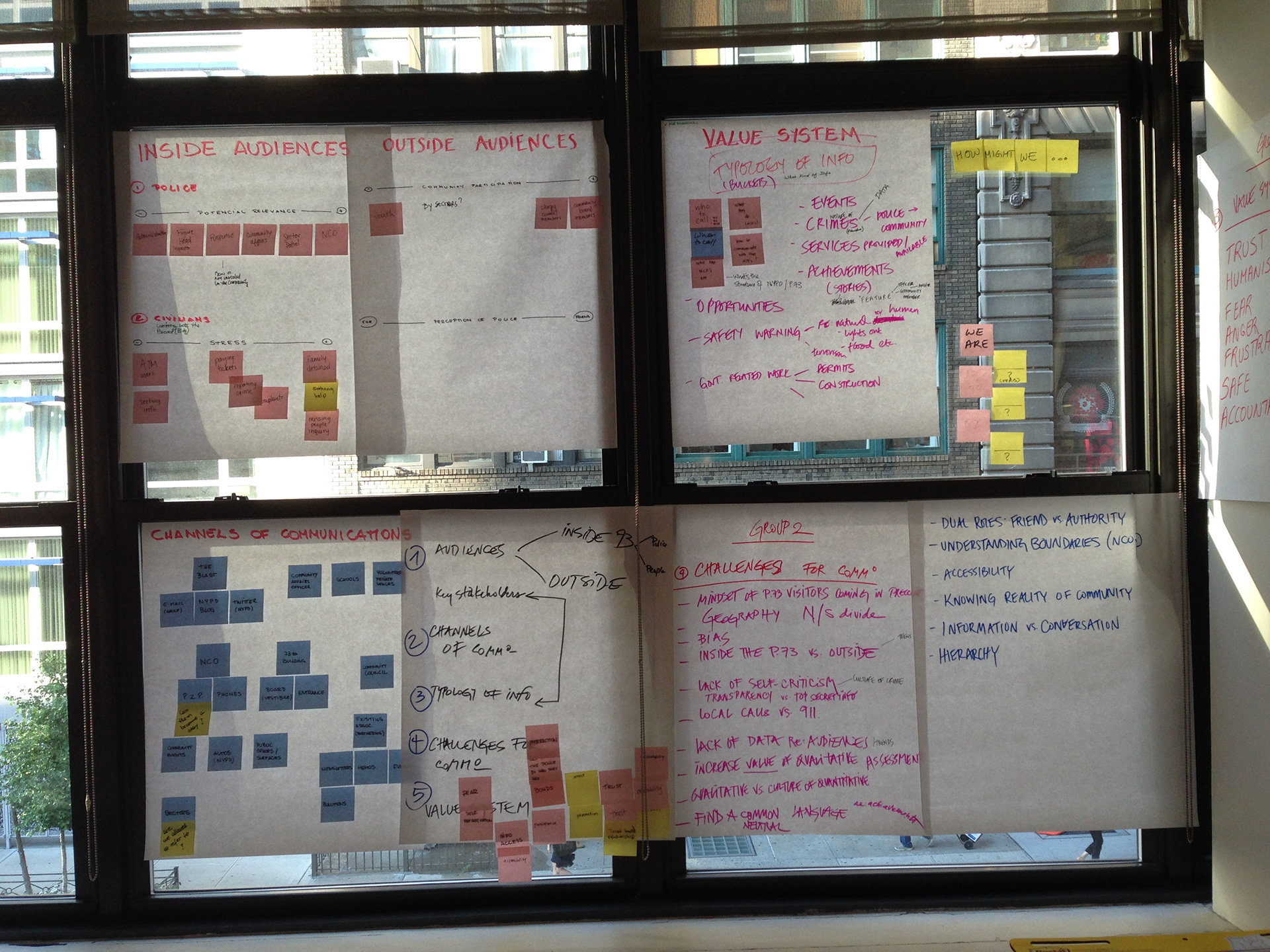
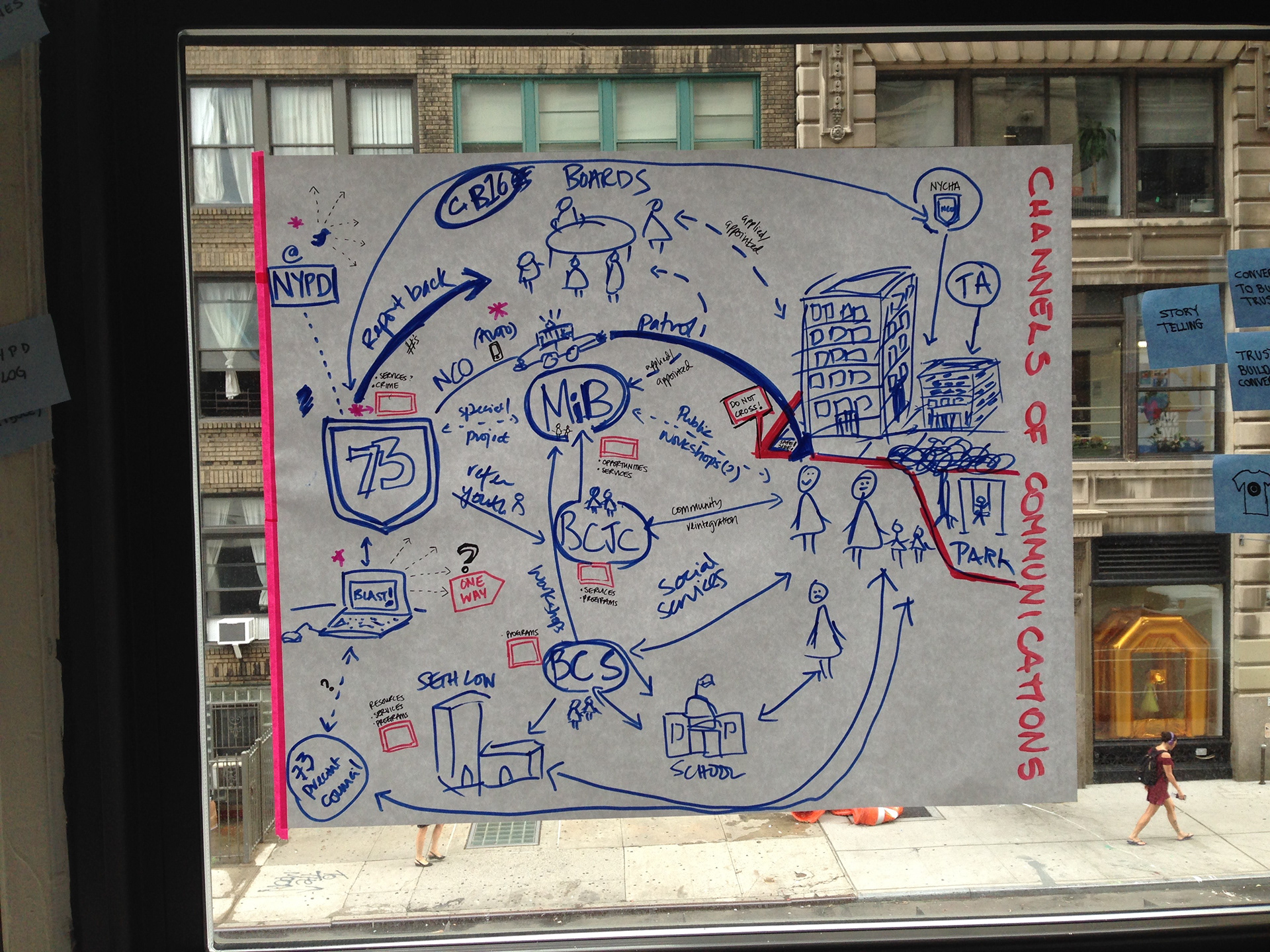
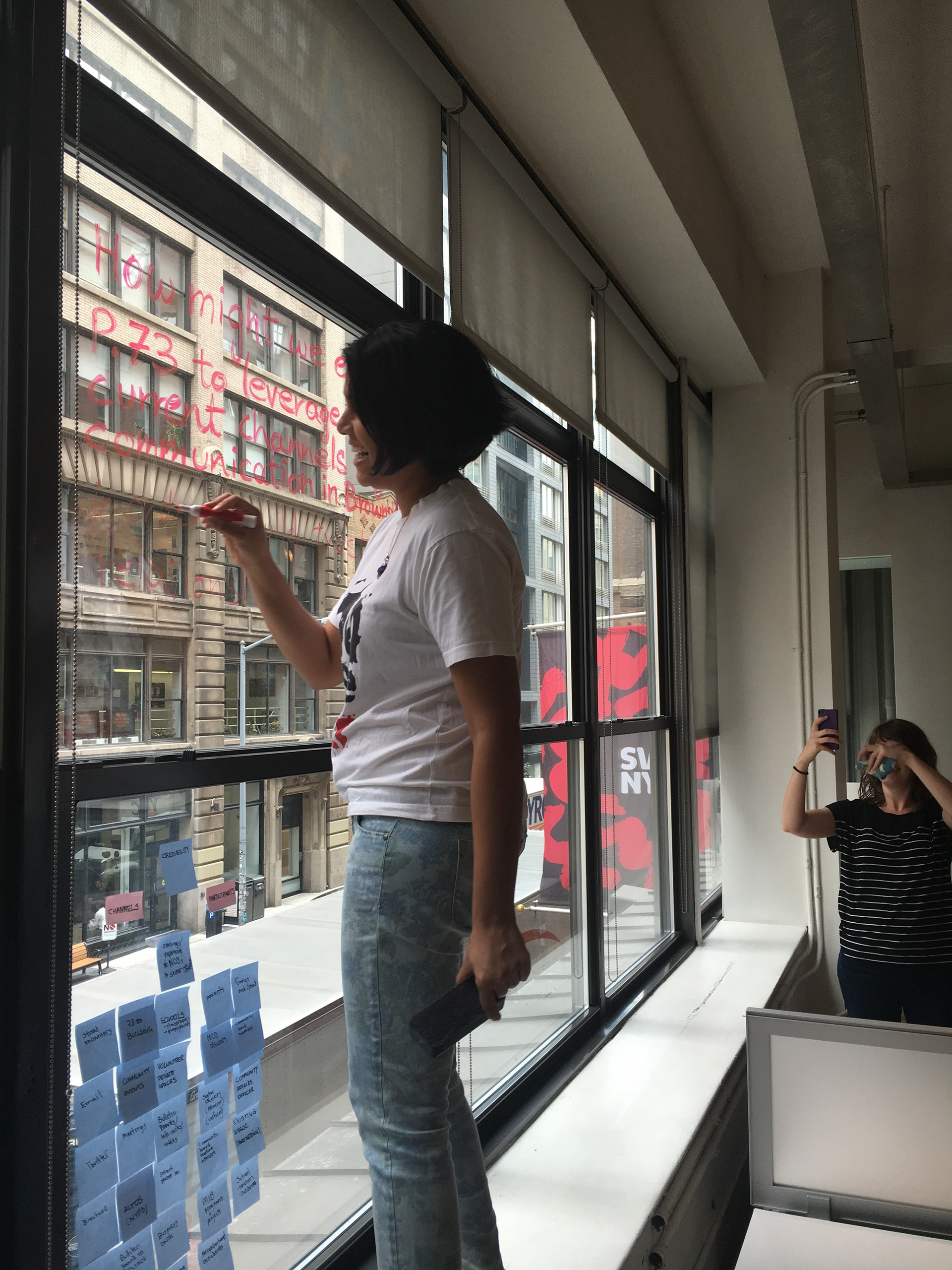
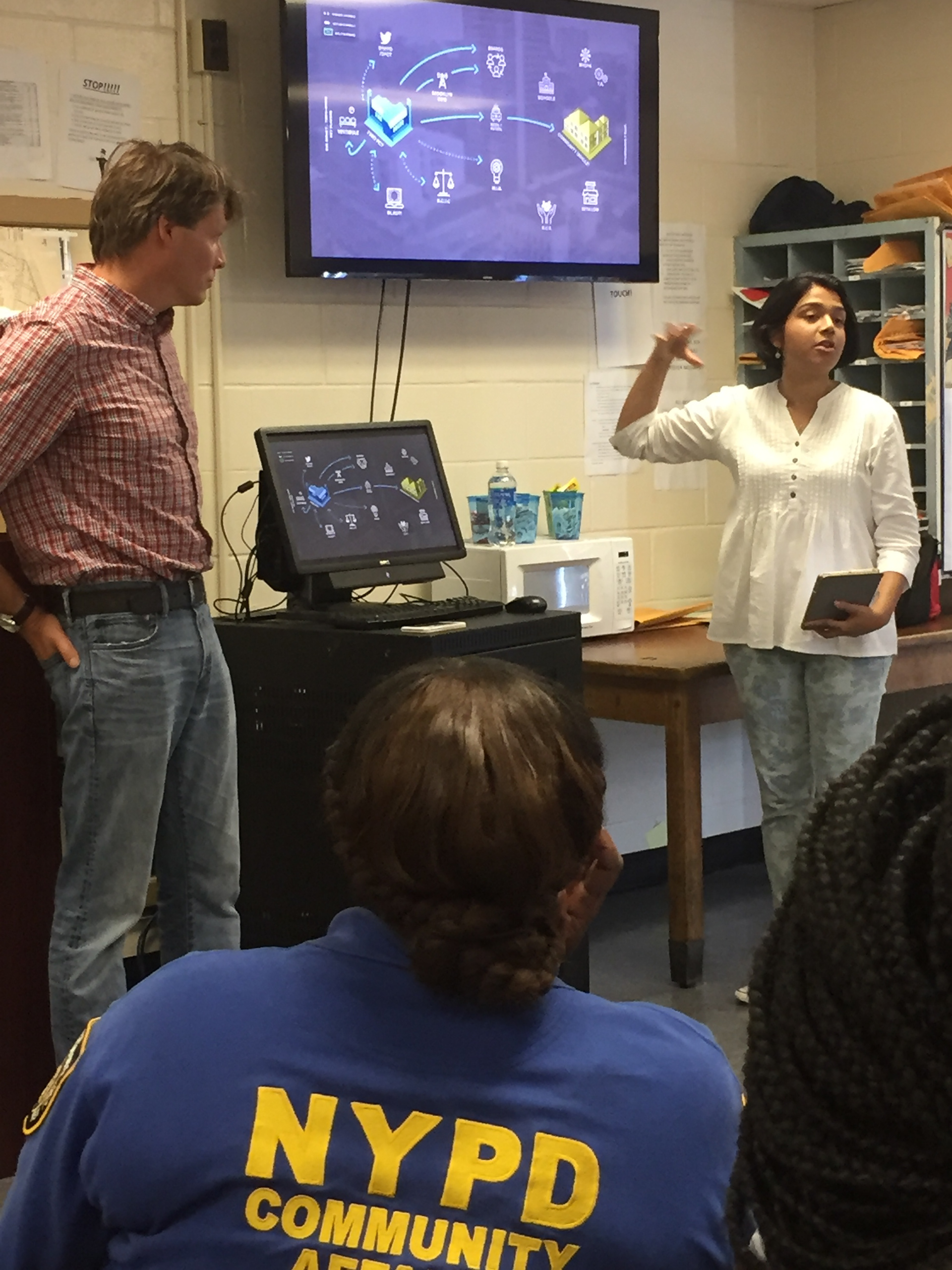
FINDINGS AND INSIGHTS:
Our research pointed us to many key insights about the history and complexity of Brownsville, from the impact of high density public housing to a lack of locally owned commercial property.
In addition, we learned that there are conflicting perceptions within each of these bodies of the current state of safety in Brownsville.
We unveiled that to build trust, Brownsville needs a counter narrative.
WHEEL OF TRUST
We discovered that both, the police and the community want to trust each other. Yet the process of building trusting relationships is complicated and dependent on time and perceptions. In fact, the Police and Community in Brownsville approach this relationship in opposing directions, where Police rightfully start with providing public safety and the community starts with developing personal relationships.
What People Value
Our participatory design process and other interactions with people that work or live in this community, allowed us to scratch the surface on what people in Brownsville value. They valued: Community Ownership + Police Activity towards increased safety + Housing - Pride of place + Community Art + Building connections with neighbors.
The Proposed Solution: Communication Strategy
Based on the richness of what we learned and uncovered, we propose a communication strategy that leverages the existing communication channels and expands the current narrative to offer a more holistic view of Brownsville.
The communication strategy is composed of two interfaces; a digital bulletin board in the vestibule at Precinct 73 and a community newsletter that various members of the community, including the local police, contribute to.
This system proposes that the Newsletter is owned by the collective community in Brownsville and it acts as a platform for positive and constructive storytelling that will help shift dominant perceptions.
Distribution System:
The path of the Newsletter is further defined through a broad and diverse distribution system that relies on face-to-face interactions in order to enhance the communication between police officers and community members. This system creates opportunities for dialog between community members and police and allows the newsletter to also be a facilitator of community based relationships
Content Guideline:
The foundation of this Communication Strategy is a counter narrative. The following guidelines offer a framework to develop more positive and constructive stories, while also reflecting what the community wants to hear. Content should be positive and constructive for the community. NO BLAME, NO SHAME, and DON’T COMPLAIN.
Our team also provided an extensive guide on key roles and responsibilities of both the NYPD and the community. It outlined three key roles; the Community Affairs Officer within the Precinct, a Content Coordinator and Administrator that would need to be created, plus a Local Creative Agency that would facilitate technical design and distribution.
What we offered was a Communication Strategy that stands on a strong foundation of design research and aligns with what is needed to change the story in Brownsville. We believed, if implemented, it would enable a more positive and constructive channel of communication that would build trust between the police and community.
Team Members: Mariana Fernandez Magnou, Peter Martin, Katie Buckel, Larissa Sasson Vaz*, Nisha Haji, Valérie Yobé, Paula DiMarco, Charlene Sequeira. *Larissa created the overall aesthetics of the project, visual graphics and the pitchdeck.
Instructors: Laetitia Wolff, Mark Randall

